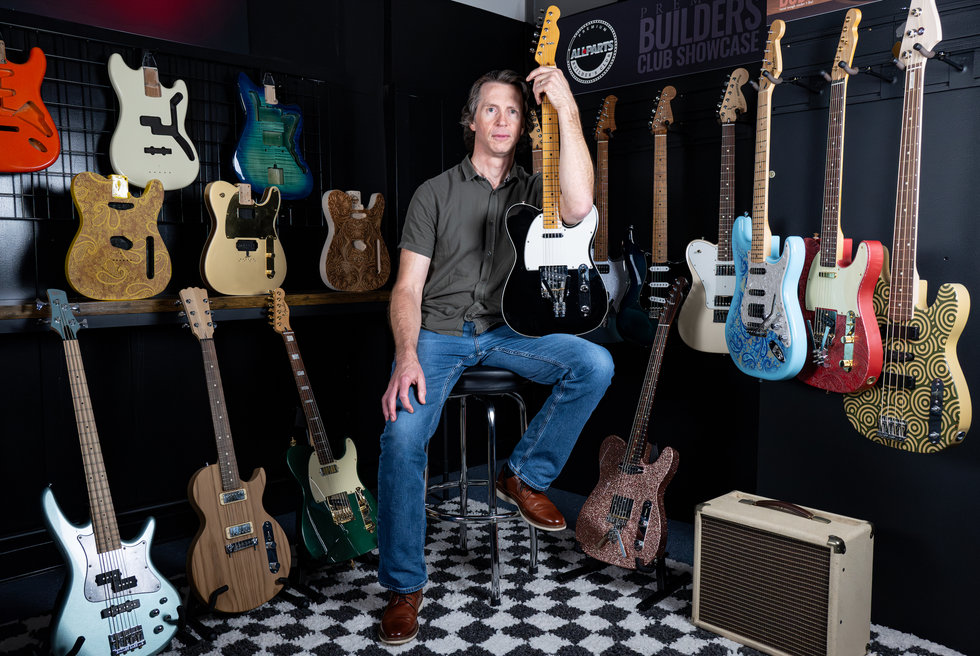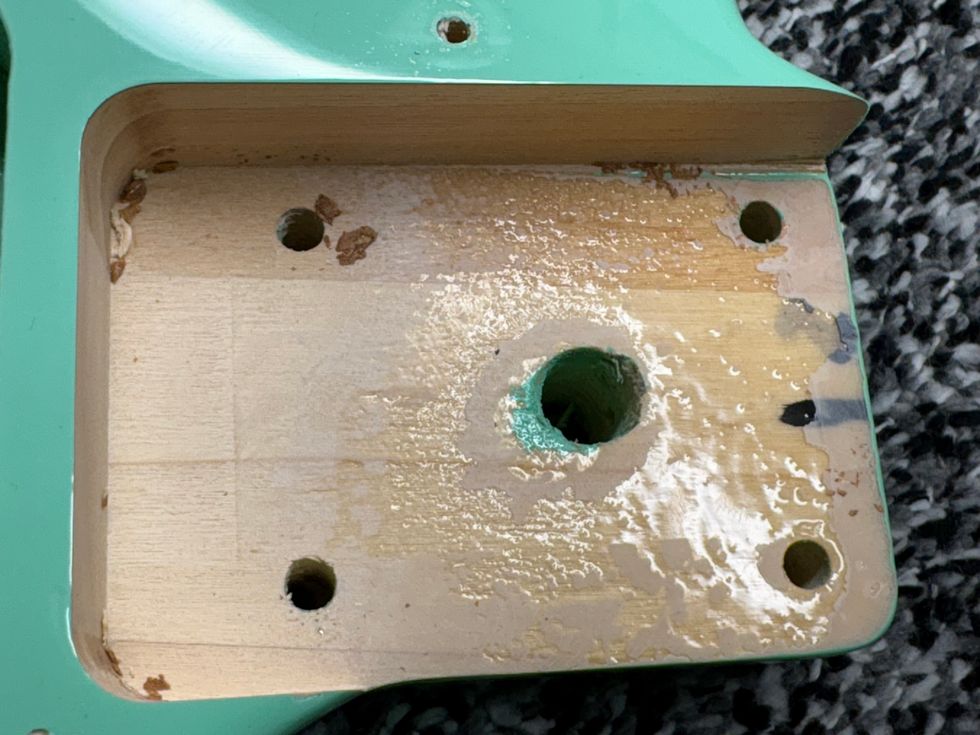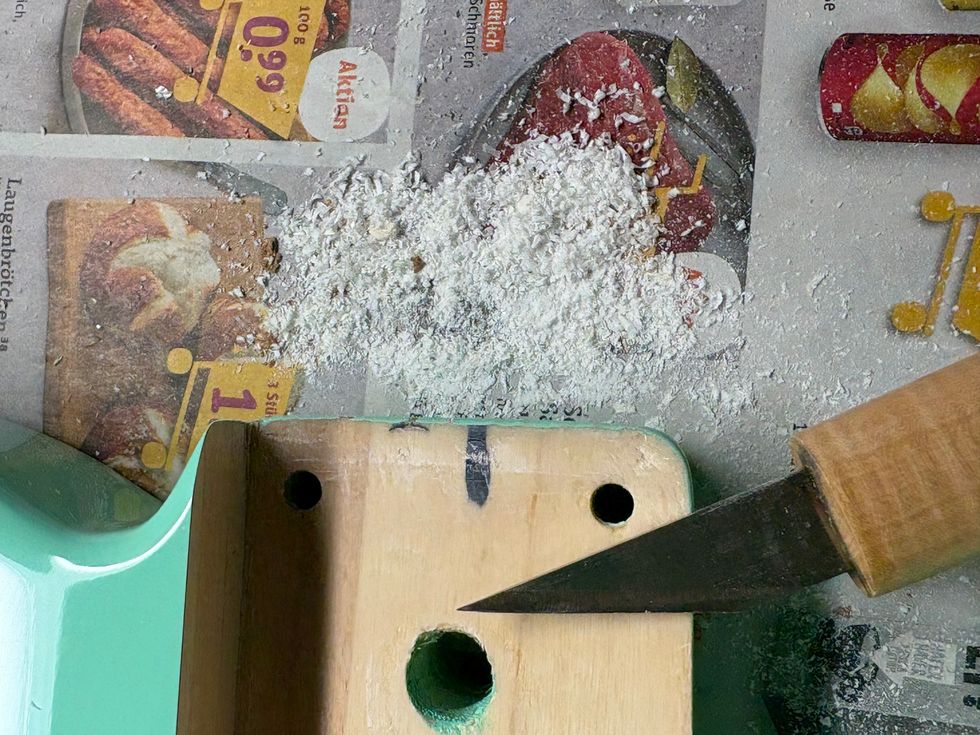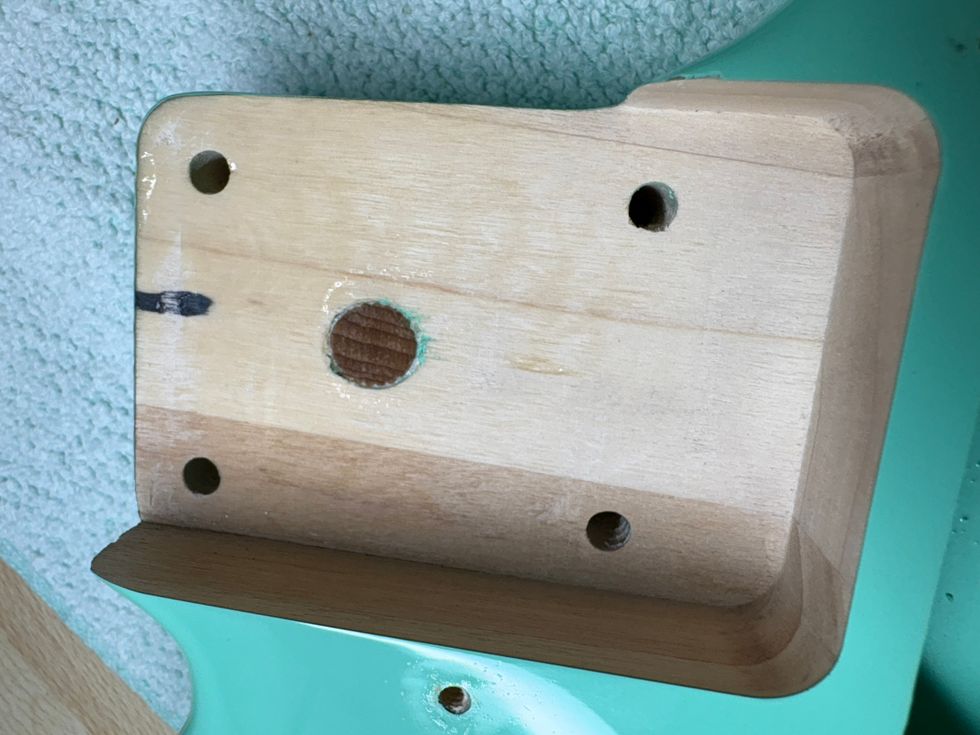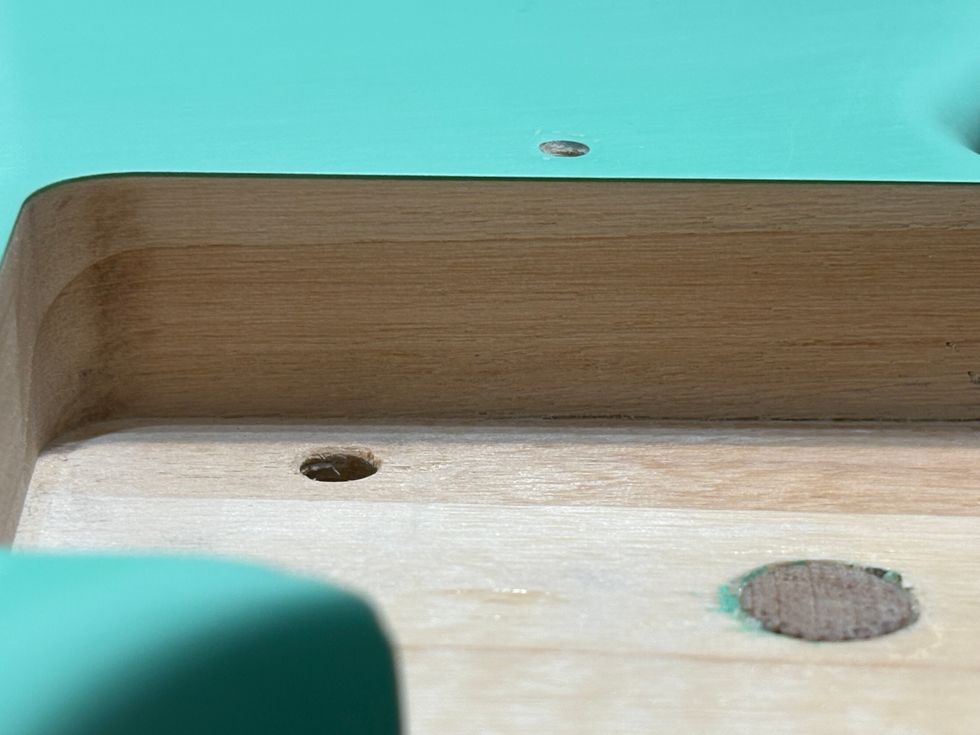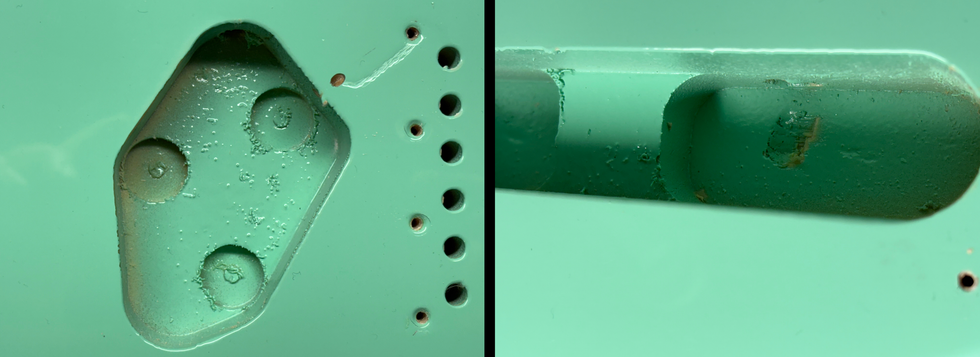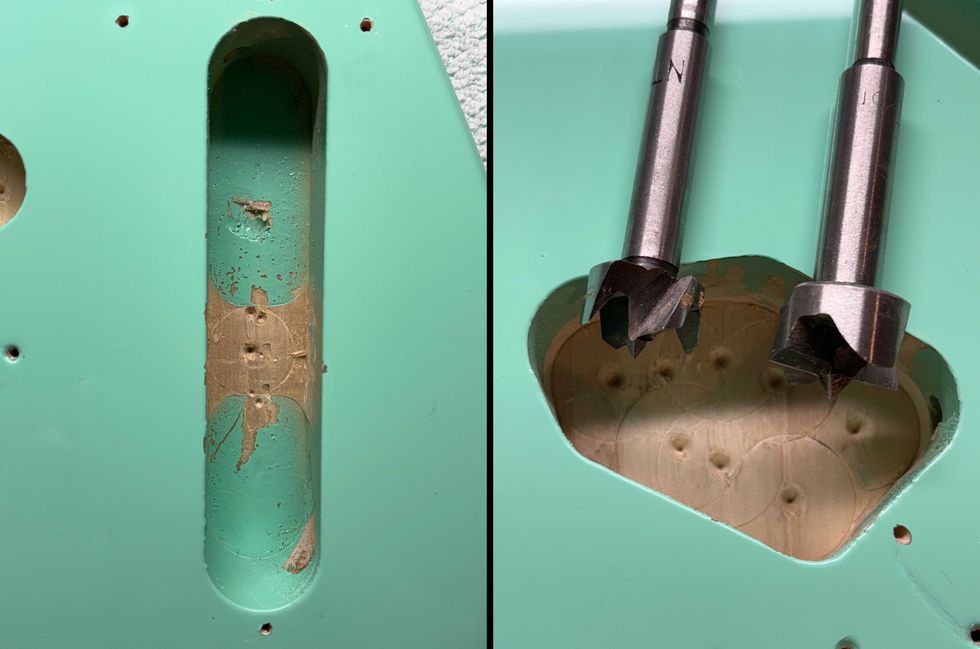 |
| I have a Crate Blue Voodoo with Groove Tube 6L6s, and would like to replace them with Groove Tube EL34s. What is the proper way to re-bias an amp, and what equipment will I need? I’ve also heard that the EL34s will fit in the same sockets as the 6L6s, but some say no; what’s the truth? Chris |
Chris,
Learning how to re-bias an amp properly is not something that is quickly taught. While “biasing” an amp is the act of adjusting the bias voltage properly in order to set the proper “bias current” thru the output tubes, there’s more to it than that. There are a few types of systems available on the market that will measure the “idle” or “bias” current of an output tube but for me that is only part of the process. I also analyze the full power output of the amp under load on the bench using an oscilloscope, as well as monitor the most important parameter … the sound. It is the combination and sometimes a compromise of all three of these parameters that makes for a properly biased amp. Your project is even more involved due to that fact that you want to change the type of tube being used in your amp. While the EL34s will definitely fit in the same tube socket, and the amp would actually work, the bias could not be set properly. Getting the EL- 34s to bias up properly would more than likely require a modification to the bias voltage supply, as well as a possible change in value of the screen grid resistors. Definitely a job for the experienced.
My suggestion: let the pros do the voodoo on your Voodoo.
| About a year ago, I purchased a used Marshall JCM600 (the 1X12 version). A friend has the 2X12 version, and I liked it so much that I got one of my own. I noticed right off the bat that the overdrive on mine did not sound quite as smooth or musical as my friend’s. I retubed the amp, and even went so far as to find the matching 1x12 extension cabinet. Made a little difference, but it still wasn’t quite there. I was thinking next of swapping out the speakers, but my friend tells me his are stock. Can two amps, that are almost identical, sound so different? – Rob Grosso |
Hi Rob,
Great question. I’m going to try to answer this for you as clearly and succinctly as possible … yes! I’ll add a little explanation. There are a few reasons that the amps may sound different. The first of which you may be able to remedy, the others are pretty much just the way they are.
First you mentioned that you re-tubed the amp. What you did not mention was if you did it with the exact same tubes that are in your friend’s amp. Tubes can make a huge difference in the sound of an amp. Replacing a 12AX7 with a 12AX7 is not the same as replacing a Sovtek 12AX7WB with a Sovtek12AX7WB; it’s the same story with pairs of EL-84s. Although all 12AX7 and EL-34 tubes will work in the amp, it does not mean they will sound the same. Tubes come from a few different countries, and each one has its own tonal characteristic. Even tubes that come from the same country can sound different depending on which factory they were produced in. The bottom line is that in order for you to try and replicate the tone of your friend’s amp, you’ll need to install the exact same tubes as those in your friend’s amp. Also, when installing the new output tubes in your amp, they should be biased the same as the tubes in your friend’s amp. Biasing can definitely make a difference in the tone, response and feel of the amp. Whoever is doing the biasing of your amp will need to see the other amp as a point of reference.
The other reasons that two amps can sound considerably different have to do with the manufacturing of the amps. In all manufactured items, there are these things called “tolerances.” Generally, tolerances tend to balance themselves out: a little too much here, a little too little here, but when you put all the pieces together it usually comes out pretty well. The problem is that unless you measure every parameter of every component (resistors, capacitors, transformers, etc.), you never know how the tolerances are going to add up. This is in large part what makes for the differences in most amplifiers. I can’t tell you how many times over the years I’ve seen a particularly clean vintage amp come in to the shop that looks beautiful and sounds OK, and it will be followed by one of the same model and era that has obviously been “rode hard and hung up wet,” because it sounds incredible and has been played to death! Most of the time it boils down to tolerances.
Oh yeah, then there’s always the “design subject to change without notice” reason!
Jeff Bober
jeffb@budda.com
www.budda.com



















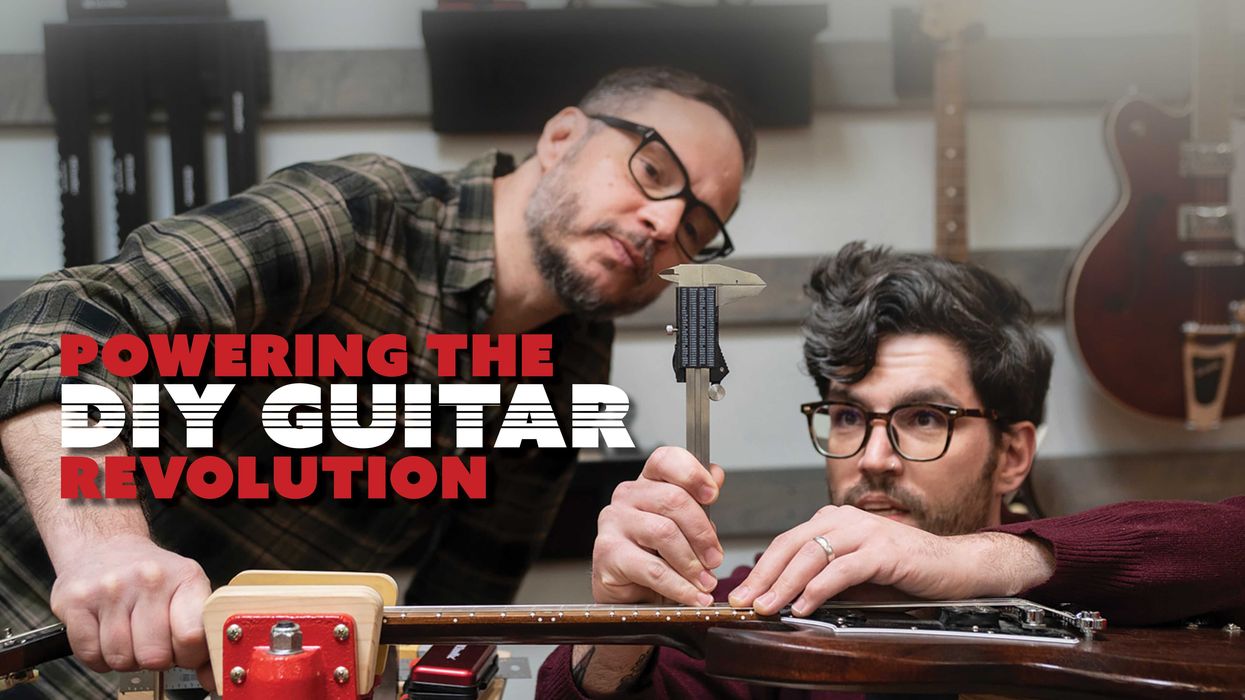
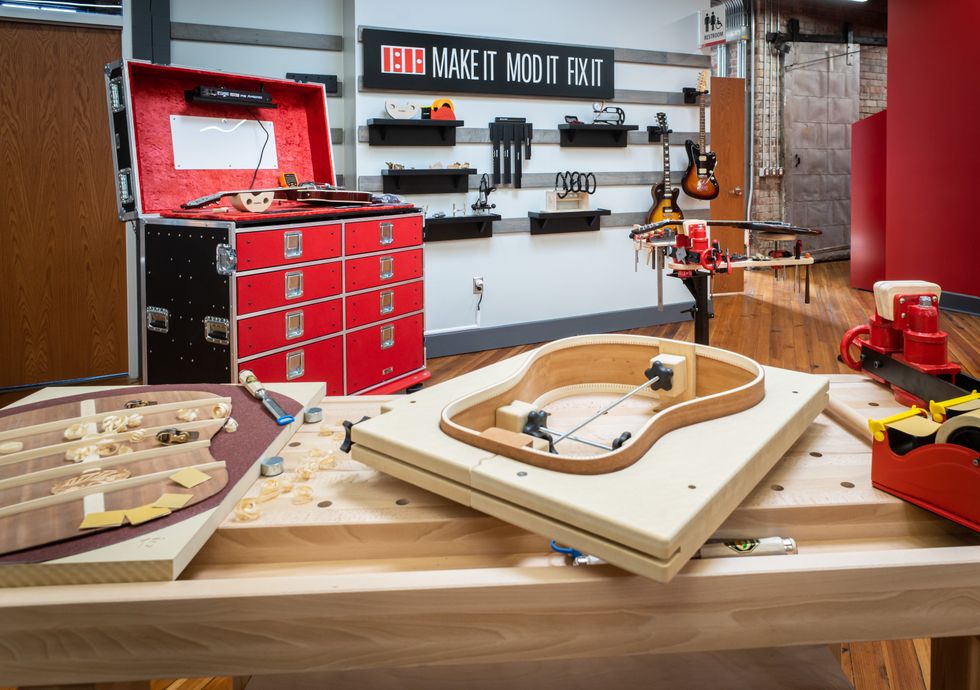

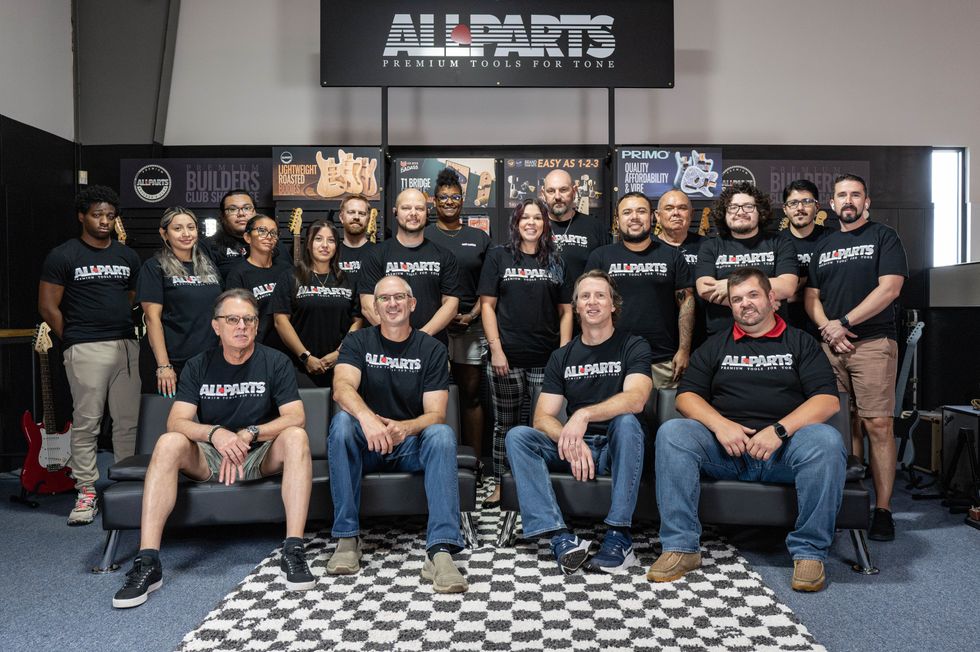 The Allparts team at their Houston warehouse, with Dean Herman in the front row, second from right.Photo by Enrique Rodriguez
The Allparts team at their Houston warehouse, with Dean Herman in the front row, second from right.Photo by Enrique Rodriguez